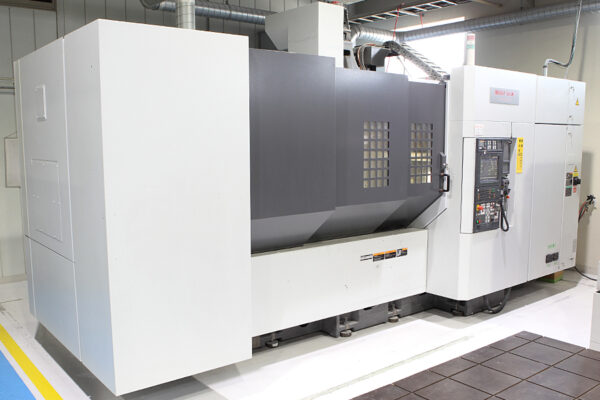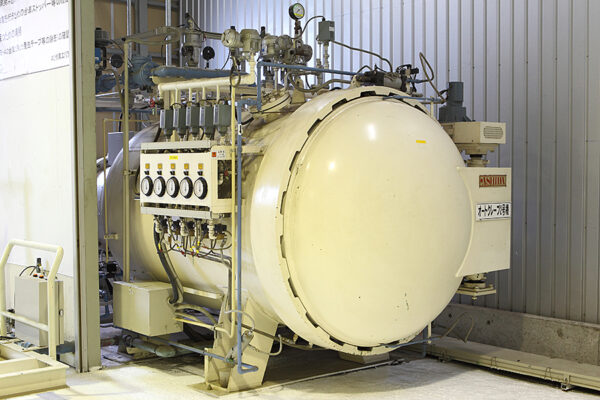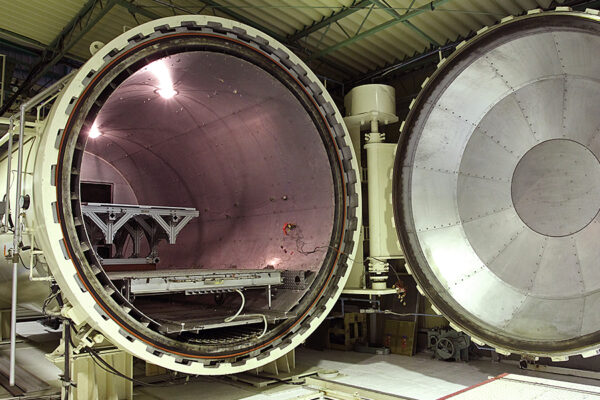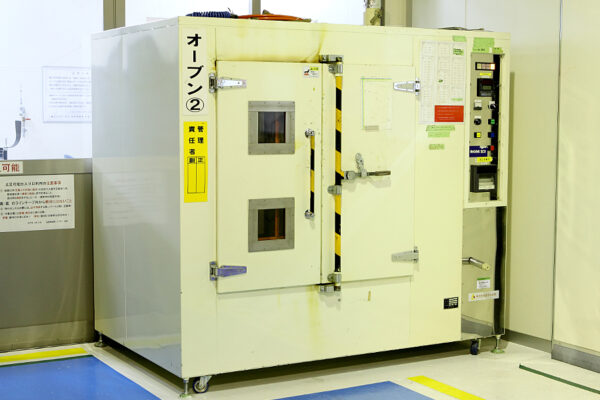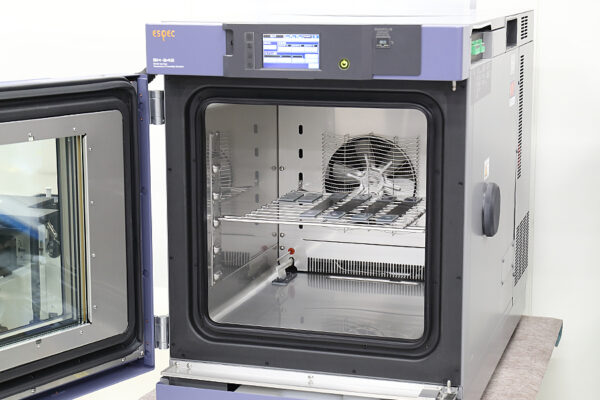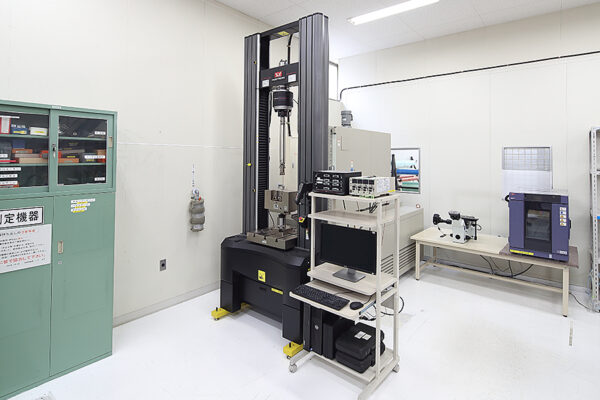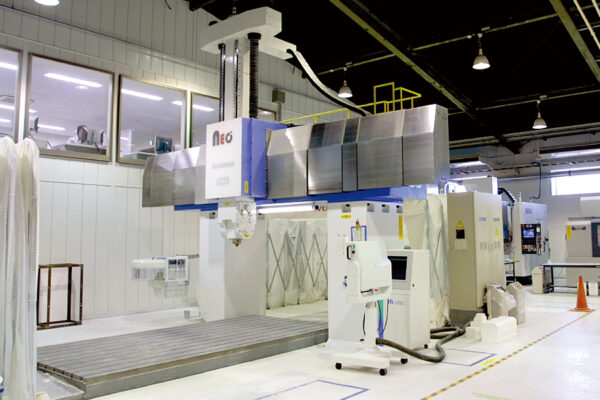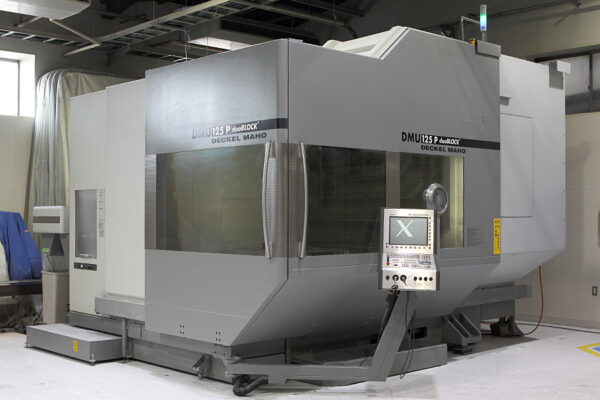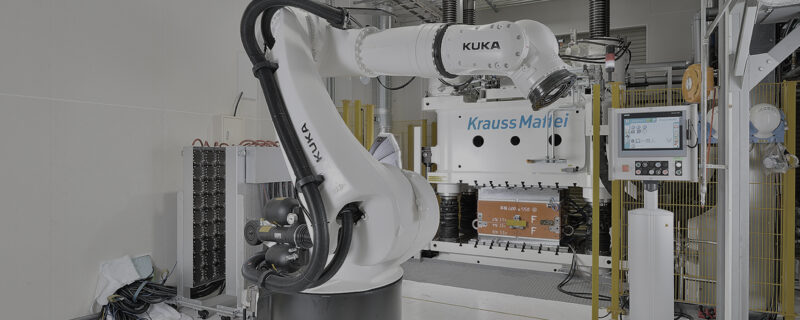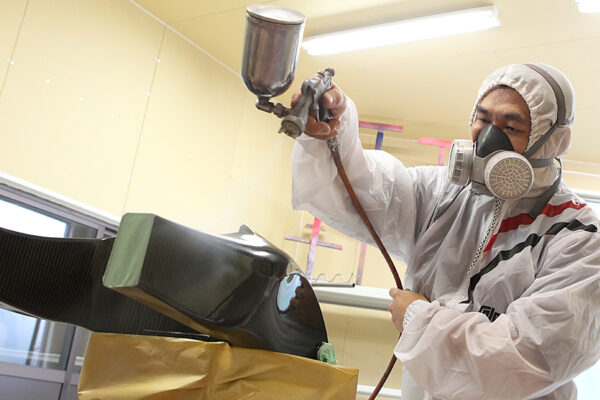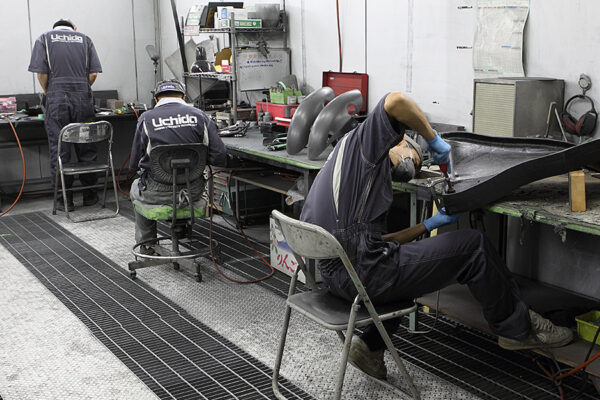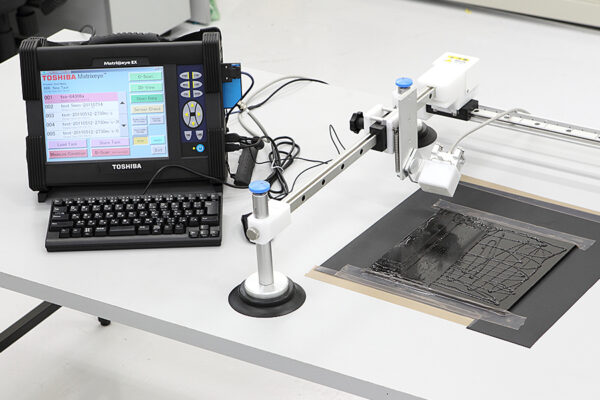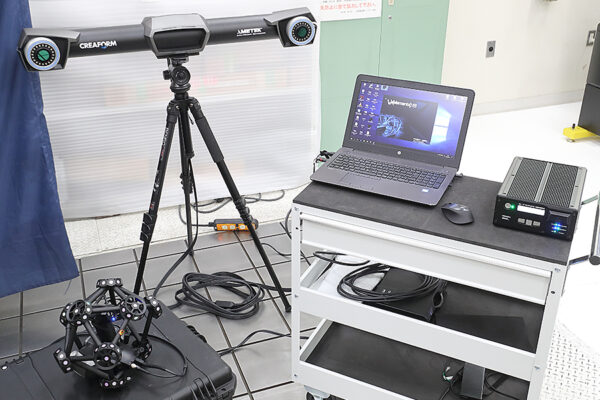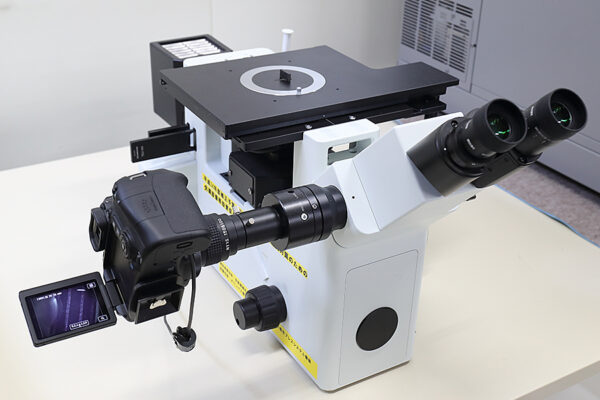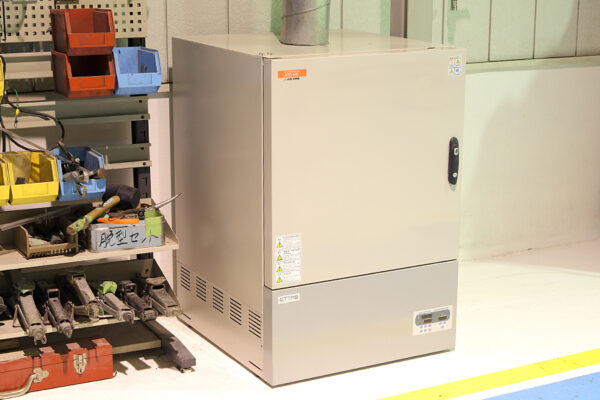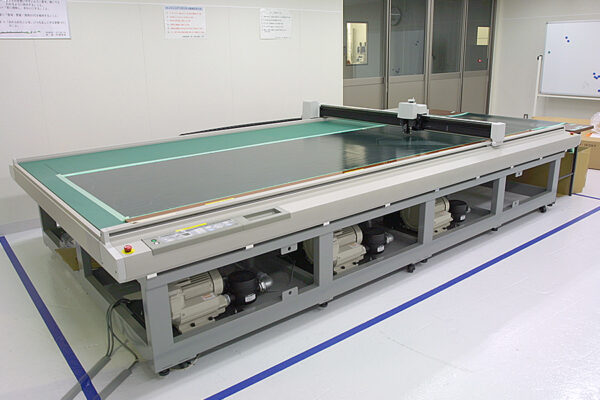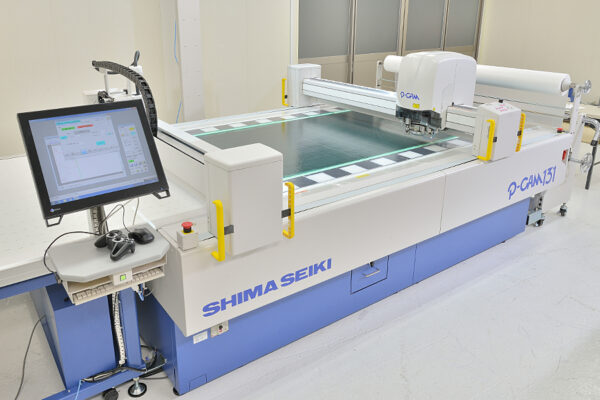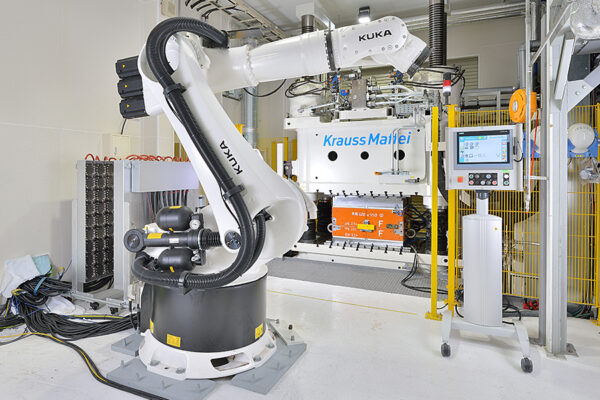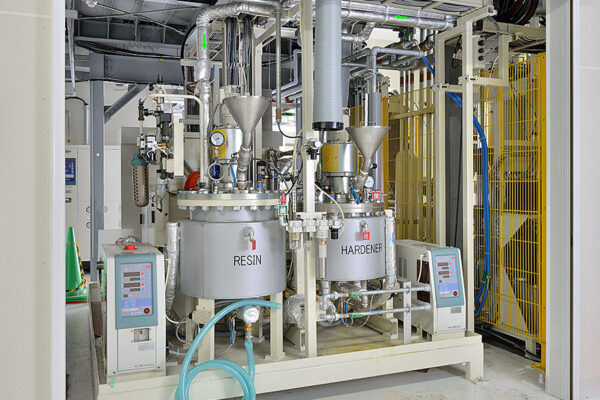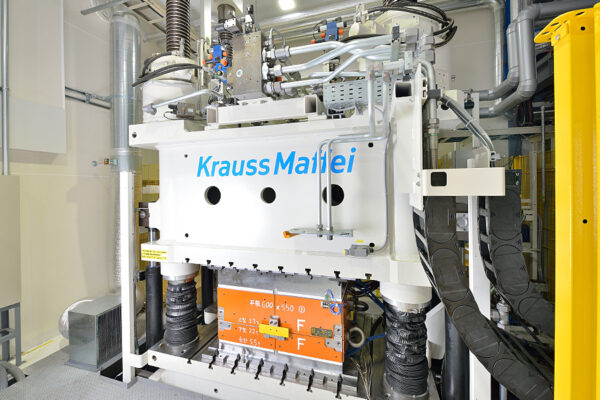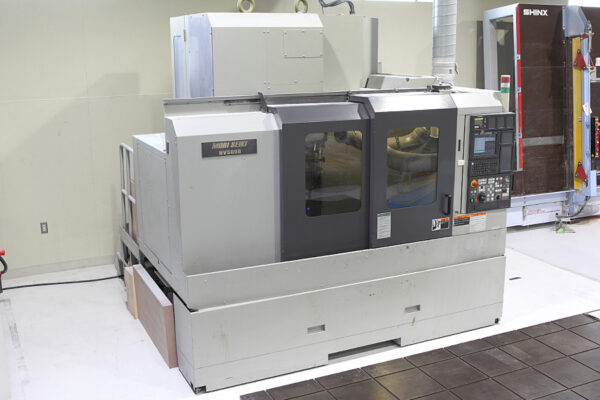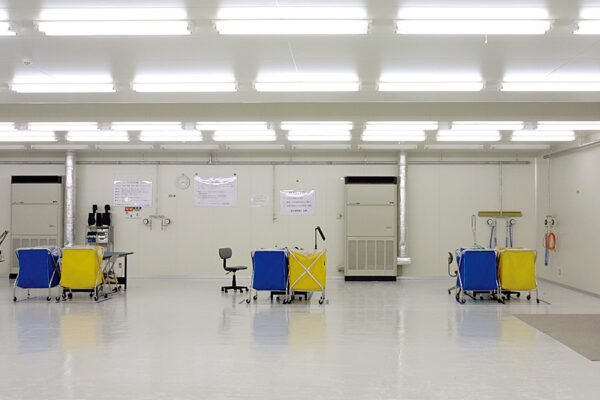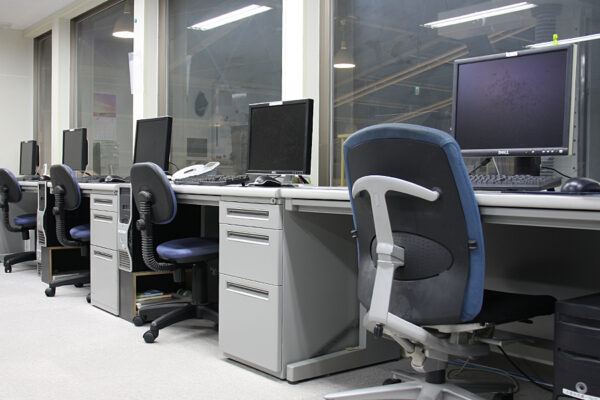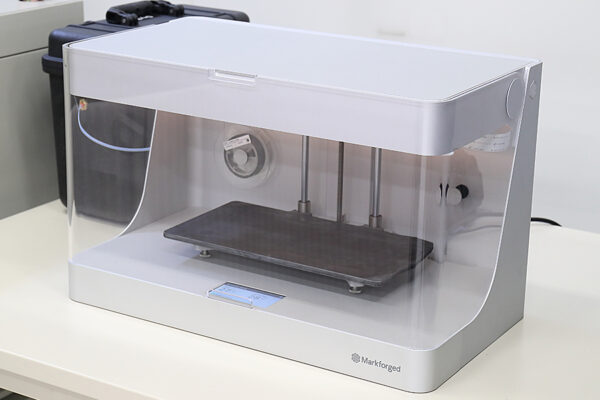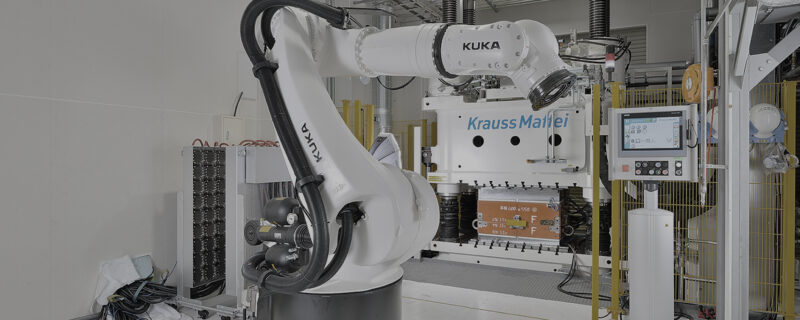Introduction
CFRP (Carbon Fiber Reinforced Plastic) is gaining attention as an innovative material in the automotive industry. CFRP is lightweight, yet extremely strong, which allows for improved vehicle performance and energy efficiency. This column details the features, advantages, challenges, and future prospects of CFRP automobiles.
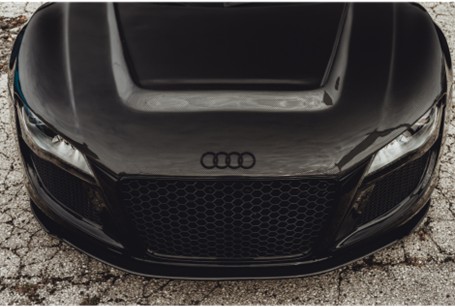
Features of CFRP automobiles
CFRP is a composite material made of carbon fiber (carbon fiber) reinforced with resin and has the following features:
– Lightweight: CFRP is an extremely lightweight material, lighter than conventional metals (steel and aluminum) and with comparable strength. This lightness is a great advantage for automobiles, contributing to improved fuel economy and acceleration performance.
– High strength and rigidity: CFRP is comparable in strength to metal, yet lighter than metal, which improves safety and durability in the event of a collision. Its high rigidity also improves vehicle maneuverability and stability.
– Corrosion resistance: CFRP is more resistant to corrosion than metal and can withstand long-term use. This property extends the life of the vehicle and reduces the need for maintenance.
– Design freedom: CFRP is relatively easy to mold, making it easy to create complex shapes. This greatly increases design freedom and allows for aerodynamic characteristics and aesthetic elements to be taken into account.
Benefits of CFRP Vehicles
The use of CFRP in the automotive industry brings the following benefits, among others:
Improved fuel economy
The use of CFRP reduces the weight of the vehicle and the load on the engine. This improves the fuel efficiency of the vehicle and contributes to reduced CO2 emissions. Especially in electric vehicles (EVs) and hybrid vehicles (HVs), the use of CFRP contributes to an increase in cruising range.
Improved Acceleration and Handling Performance
Weight reduction lowers the vehicle’s center of gravity, improving acceleration and cornering performance. In addition, the vehicle’s higher rigidity increases vehicle stability and provides a sense of security when driving.
Improved Crash Safety
CFRP has excellent shock-absorbing properties and can efficiently absorb impact in the event of an accident. This enhances occupant safety and improves the impact resistance of the vehicle.
Improved durability and ease of maintenance
CFRP has excellent corrosion resistance and does not peel paint or rust, thus improving the durability of the vehicle. This reduces maintenance costs by requiring less maintenance even after long periods of use.
Challenges of CFRP Vehicles
CFRP is a material with very good properties, but it also presents some challenges.

High manufacturing costs
CFRP tends to be expensive due to the complexity of the manufacturing process. Especially in mass production of automobiles, CFRP is more expensive than metal materials, so technological innovation to reduce costs is necessary for its widespread use. Currently, research is being conducted to improve the efficiency of the CFRP manufacturing process, but cost remains an issue in large-scale production.
Recycling Difficulties
CFRP is a difficult material to recycle, and waste disposal after use is a challenge. The automotive industry is required to improve the recycling rate of vehicles, and recycling technology must be improved when CFRP is used.
Difficulty of Repair
Repairing CFRP is more difficult than repairing metal and requires specialized knowledge and skills. When a vehicle is damaged in an accident or other accident, repairs can be expensive and time-consuming. To overcome this point, CFRP repair techniques and experts must be developed.
CFRP Automotive Applications and Adoption
CFRP is mainly used in high-performance and luxury vehicles. In particular, it is increasingly used in the following areas:
Sports cars
CFRP is often used in luxury sports cars and supercars due to its lightweight and strength properties. For example, manufacturers such as Ferrari, Porsche, and Lamborghini are actively using CFRP to improve the performance of their vehicles.
Electric Vehicles (EVs)
Weight reduction is important for electric vehicles, as the weight of the battery is a challenge; the use of CFRP reduces vehicle weight and improves range. EV manufacturers such as Tesla are also promoting the use of CFRP to reduce weight.
Aircraft Industry
CFRP is used not only in the automotive industry, but also in the aircraft industry to achieve both weight reduction and strength. Like automobiles, it contributes to improved fuel efficiency and performance of aircraft.
Future Prospects for CFRP Automobiles
CFRP is expected to become increasingly popular in the automotive industry in the future as manufacturing technology advances. In particular, the following points are expected to progress:
– Cost reduction: CFRP manufacturing costs are gradually decreasing due to technological innovation, and it is expected that CFRP will be used in general vehicles as mass production progresses in the future.
– Development of recycling technology: Advancement of CFRP recycling technology will reduce the environmental burden and enable sustainable automobile production.
– Expansion of the scope of use: Vehicles that take advantage of CFRP’s characteristics will be used not only in sports cars and luxury cars, but also in general commercial vehicles.

Conclusion
CFRP vehicles are a material that will revolutionize the automotive industry in terms of its light weight, strength, durability, and environmental friendliness. In the future, CFRP is expected to be used in more and more automobiles due to lower manufacturing costs and advances in recycling technology. This innovation will play a major role in improving fuel economy, performance, and safety, and will contribute to the development of a sustainable automotive industry.
Related useful contents
You can explore related content by clicking on a topic of interest.
ABOUT UCHIDA - 55 years since our founding
We leverage a wealth of technical expertise as a CFRP molding and processing manufacturer using FRP, GFRP, and CFRP materials. We offer a one-stop solution, encompassing design, analysis, manufacturing, secondary processing, assembly, painting, quality assurance, and testing.
UCHIDA's equipment
We have cutting-edge equipment to ensure that we can address even the most advanced challenges of our customers.
Video Library
In the following video, we provide a detailed overview of our manufacturing process. Please feel free to watch and learn more.


